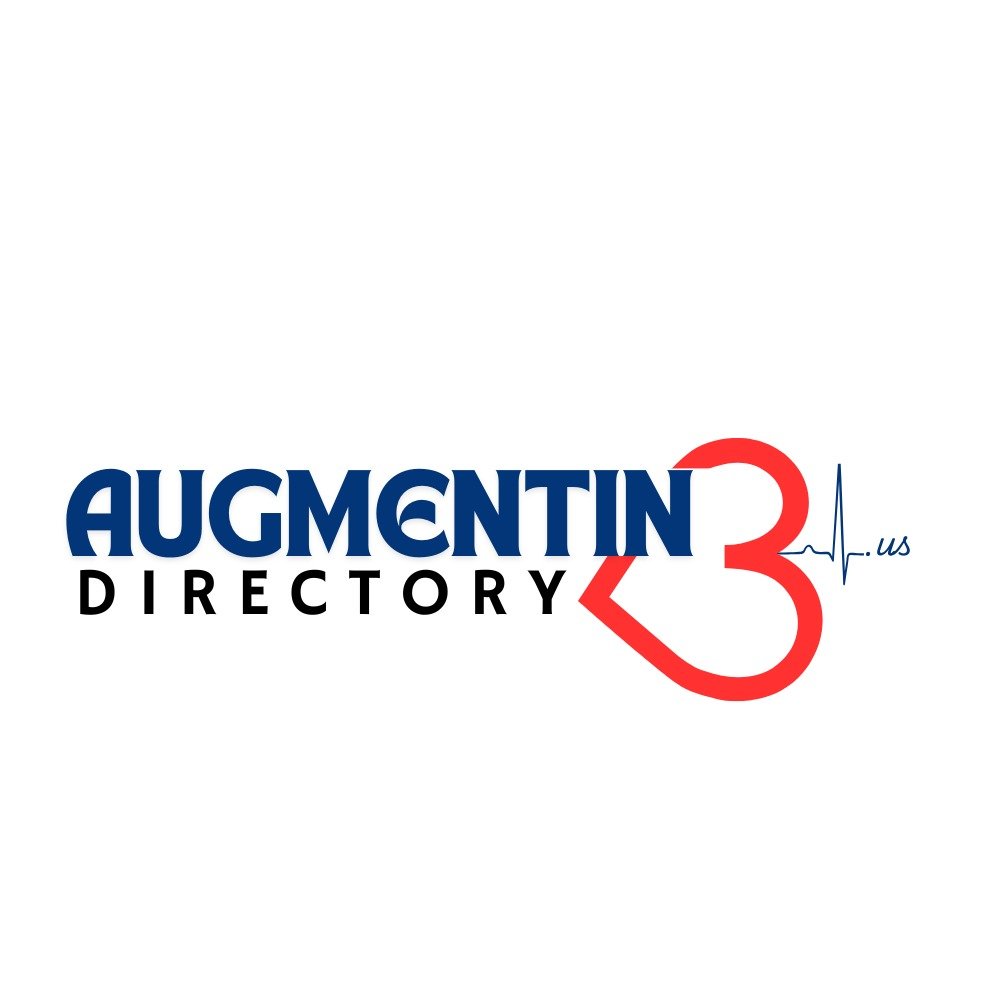
In every workplace, change is inevitable. Whether it's the introduction of new machinery, updates in safety protocols, or structural changes in leadership—change management plays a critical role in ensuring everything runs smoothly without exposing workers to unnecessary risk. But one thing that’s often overlooked during these transitions is who’s responsible and who’s held accountable when things go wrong.
When hazards are involved, such as in industries like construction, manufacturing, or chemical handling, the stakes are even higher. That’s why understanding the responsibilities and accountability in change management isn’t just a management issue—it’s a safety issue.
Why Change Management Matters in Workplace Safety
Let’s imagine this: a large warehouse in Lahore decides to install a new type of conveyor belt system to speed up packaging. It’s faster, more efficient—but also unfamiliar. The installation happens over the weekend, and by Monday morning, the staff is working with this new system without any formal training.
Within days, someone’s hand gets caught in the belt. Investigations follow. Who was supposed to ensure staff were trained? Who authorized the use before safety checks? These are the questions that change management is supposed to answer before an accident happens.
When managed properly, change can bring progress. But when ignored, it becomes a serious workplace hazard. This is where responsibility and accountability become the backbone of safe operations.
The Role of NEBOSH in Change Management Understanding
To handle such risks, professionals often turn to theNEBOSH course in Pakistan, which offers comprehensive training on health, safety, and environmental practices. It empowers employees and managers to identify risks, assess them properly, and ensure that changes in the workplace are handled in a responsible way.
NEBOSH qualifications are internationally recognized and are considered essential in industries where hazards are common. For someone aiming to become a safety officer or supervisor, this course is not just a plus—it’s a necessity.
What Is Responsibility in Change Management?
In simple terms, responsibility is about the tasks and roles assigned to individuals during a change. It answers the question: “Who is supposed to do what?”
Imagine you’re at a construction site where a new scaffolding system is being implemented. Responsibility could include:
-
The site manager who must assess the new equipment.
-
The safety officer who should verify compliance with safety regulations.
-
The workers who must report if anything seems off.
Everyone knows what they're supposed to do—before, during, and after the change.
Common Responsibilities Include:
-
Risk Assessments before initiating change
-
Communicating changes to all staff
-
Implementing control measures
-
Providing training and supervision
-
Ensuring emergency procedures are updated
What Is Accountability in Change Management?
While responsibility is about doing, accountability is about owning the outcome. It answers the question: “Who will answer if something goes wrong?”
Accountability doesn't always mean blame. It’s about transparency. When a mistake occurs, an accountable person will step forward to review what happened, learn from it, and make improvements.
In our warehouse anecdote, if the safety officer skipped risk assessment, they’re accountable for the injury—not because they intended harm, but because they didn’t uphold their duty.
How Responsibilities and Accountability Work Together
Here’s a helpful way to remember the difference:
-
Responsibility is assigned.
-
Accountability is accepted.
Both must go hand-in-hand. If one is missing, cracks begin to appear. People may start passing blame or ignoring crucial tasks, and that’s when hazards slip through the cracks.
Step-by-Step Guide to Managing Change Safely
Let’s walk through how a workplace should ideally handle change.
Step 1: Identify the Change
Whether it’s a new chemical product, a change in workflow, or a new hire—start by clearly identifying what’s changing. For example, introducing volatile organic compounds in painting operations must be flagged right away.
Step 2: Conduct a Risk Assessment
Before doing anything, assess how this change could affect safety. NEBOSH-trained professionals are skilled at this. This includes:
-
Hazard identification
-
Worker exposure levels
-
Equipment modifications
-
Emergency procedure updates
Use templates and checklists like this one from the Health and Safety Executive.
Step 3: Define Responsibilities
List everyone involved in the change and define their tasks:
-
Who is responsible for safety inspections?
-
Who will train the team?
-
Who signs off before going live?
Step 4: Communicate Clearly
Use emails, meetings, posters—whatever works—to make sure every employee knows what’s happening. Don’t assume they’ll “figure it out.” Miscommunication is one of the leading causes of accidents during organizational change.
Step 5: Supervise Implementation
The presence of a responsible supervisor during initial changes is vital. Even a minor misstep can turn into a serious hazard. Think of it like a pilot overseeing a flight takeoff—no room for guessing.
Step 6: Monitor and Adjust
Change is not a one-time event. After implementation, keep observing the process. Are workers struggling? Is the new machine causing bottlenecks or stress? Make adjustments where necessary.
Real-Life Example: The Importance of Responsibility
There’s a true story from a textile factory in Faisalabad. Management decided to switch from manual fabric cutting to laser cutting machines. They installed the machines overnight without any training or hazard signages. Within a week, an employee suffered a severe eye injury.
Turns out, no one was assigned to train the staff on wearing safety goggles. Worse, no one was held accountable afterward.
This tragic oversight could have been avoided with a simple checklist and clearly assigned responsibilities.
The Emotional Toll of Poor Change Management
It's not just physical safety at stake. Poorly handled change affects employee morale. When workers don’t know what to expect, they feel anxious, confused, and even scared. It creates a culture of mistrust.
On the other hand, when a company handles change with clarity and care, employees feel respected and confident. They are more likely to follow safety rules and report hazards because they trust the system.
Tools That Can Help
Here are a few tools and frameworks that help organizations manage responsibility and accountability better:
-
RACI Matrix – Helps clarify roles (Responsible, Accountable, Consulted, Informed)
-
HIRA (Hazard Identification & Risk Assessment)
-
Change Management Toolkit by Prosci
These aren’t just corporate buzzwords—they’re proven methods for reducing workplace incidents.
Embedding Safety into Organizational Culture
Ultimately, responsibility and accountability in change management shouldn’t just be reactionary. They should be part of your culture. This means making safety everyone’s job and recognizing people who take ownership during transitions.
Leaders should encourage feedback, reward good practices, and make sure that the line between responsibilities and accountability is always clear.
How NEBOSH Can Help You Build These Skills
If you’re serious about making your workplace safer, investing in professional training is one of the best decisions you can make. The NEBOSH course in Pakistan is widely available and offers real-world skills that teach you how to manage change safely and efficiently.
From risk assessment to emergency planning, NEBOSH gives you a framework that helps save lives and improve confidence among workers.
Read more about theNEBOSH course fee in Pakistan and see how accessible it can be to level up your safety skills.
Final Thoughts
Workplace change is unavoidable—but injuries and chaos aren’t. By assigning clear responsibilities and holding people accountable, businesses can transform their environments into safer, more productive places.
Always remember: the success of change isn’t measured by how fast it’s implemented—but by how safely it happens.
So the next time your workplace introduces something new, ask yourself:
-
Who is responsible?
-
Who is accountable?
-
Have we done everything to keep our people safe?
The answers to these questions could be the difference between a smooth transition and a life-altering hazard.

0 Comments
Post Comment